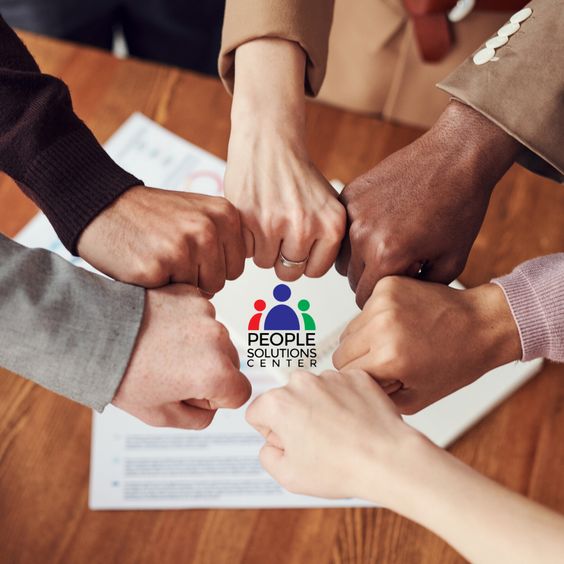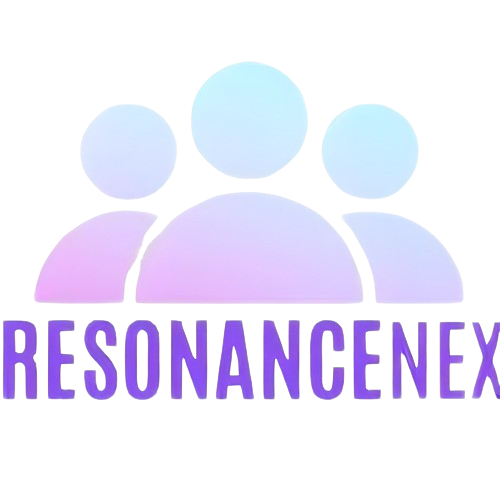Addressing the Elephant in the Room: Are Diversity and Inclusion Efforts Really Effective in the Workplace?

Understanding diversity, inclusion, and equity programs
Diversity and inclusion in the workplace have become buzzwords in recent years. Companies across industries are eager to promote their commitment to these values, implementing programs and initiatives aimed at creating a more diverse and inclusive workforce. But are these efforts truly effective? Do they actually lead to positive change, or are they merely surface-level solutions that fail to address the underlying issues? To answer these questions, we must first understand what diversity, inclusion, and equity programs entail.
Diversity refers to the presence of individuals from different backgrounds, cultures, and identities within an organization. Inclusion, on the other hand, focuses on creating an environment where everyone feels valued, respected, and included. Equity programs aim to ensure fairness and equal opportunities for all employees, regardless of their background or identity. These programs may include policies and practices such as affirmative action, unconscious bias training, mentorship programs, and employee resource groups.
The impact of diversity and inclusion on organizational performance:

Advocates of diversity and inclusion argue that these initiatives can have a positive impact on organizational performance. Research has shown that diverse teams are more innovative, make better decisions, and are more likely to outperform homogeneous teams. When employees feel included and valued, they are more engaged and motivated, leading to increased productivity and higher levels of job satisfaction. Furthermore, organizations that prioritize diversity and inclusion are seen as more attractive to top talent, giving them a competitive edge in the recruitment and retention of skilled employees. However, it is important to note that the impact of diversity and inclusion on organizational performance is not automatic or guaranteed. Simply having a diverse workforce does not automatically translate into improved performance. The value of diversity lies in the unique perspectives, experiences, and insights that individuals from different backgrounds bring to the table. To fully leverage the benefits of diversity, organizations must create an inclusive culture where these diverse voices are heard, valued, and actively sought out.
Examining the shortcomings of diversity and inclusion initiatives:
While diversity and inclusion initiatives have gained traction in recent years, there are growing concerns that they may be falling short of their intended goals. One of the key shortcomings of these initiatives is the focus on surface-level solutions rather than addressing the underlying issues. Many organizations prioritize diversity quotas and representation without addressing the systemic barriers and biases that prevent individuals from marginalized groups from advancing in their careers. This approach often leads to tokenism, where individuals from underrepresented groups are hired or promoted solely to meet diversity targets, without actually creating an inclusive and equitable environment for them to thrive.
Another challenge is the lack of accountability and measurement. Many organizations fail to set clear goals or track progress when it comes to diversity and inclusion. Without clear metrics and accountability mechanisms in place, it becomes difficult to assess the effectiveness of these initiatives or identify areas for improvement. Additionally, there is often a lack of transparency and communication around diversity and inclusion efforts, which can lead to skepticism and mistrust among employees.
Let’s talk about compensation in promoting diversity and inclusion:

One often overlooked aspect of diversity and inclusion efforts is compensation. Compensation plays a crucial role in promoting diversity and inclusion by ensuring fairness and equal opportunities for all employees. However, research has shown that there are significant pay gaps across different demographic groups, with women and individuals from underrepresented groups often earning less than their counterparts. These pay disparities can be attributed to a variety of factors, including unconscious bias, discriminatory practices, and lack of representation in leadership positions.
To address these issues, organizations must conduct regular pay equity audits to identify and rectify any disparities. They should also implement transparent and objective compensation structures that are free from bias and discrimination. Additionally, organizations should provide training and resources to help employees negotiate their salaries and advocate for fair compensation!
Uncovering the underlying issues within workplace DEI efforts:
To truly address the elephant in the room, we must uncover the underlying issues within workplace diversity, equity, and inclusion efforts. It is not enough to simply focus on surface-level solutions or pay lip service to these values. We must acknowledge and confront the systemic barriers and biases that prevent individuals from marginalized groups from fully participating and advancing in the workplace.
One key issue is the lack of representation and diversity in leadership positions. When decision-making power is concentrated in the hands of a homogeneous group, it becomes difficult to create inclusive policies and practices. Organizations must actively work to promote and support individuals from underrepresented groups into leadership roles, ensuring that diverse voices are heard at the highest levels.
Another issue is the prevalence of unconscious bias in hiring and promotion processes. Unconscious biases are deeply ingrained stereotypes and prejudices that affect our judgments and decisions without our conscious awareness. These biases can lead to discriminatory practices and perpetuate inequalities in the workplace. Organizations should implement unconscious bias training for all employees, as well as review and revise their hiring and promotion processes to mitigate the impact of bias.
Moving beyond surface-level solutions: Strategies for true transformation:
To move beyond surface-level solutions and achieve true and genuine transformation, organizations must adopt a holistic approach to diversity, equity, and inclusion. This involves addressing the underlying issues and systemic barriers that prevent individuals from marginalized groups from fully participating and advancing in the workplace.
Here are some strategies to consider:
- Foster an inclusive culture: Create a culture where diversity and inclusion are not just buzzwords, but deeply ingrained values from genuine people that really want change. This involves fostering a sense of belonging, providing opportunities for diverse voices to be heard, and actively seeking out diverse perspectives.
- Set clear goals and metrics: Establish clear goals and metrics to track progress and hold the organization accountable. Regularly assess and review these goals to ensure they are aligned with the organization’s diversity and inclusion objectives.
- Provide training and resources: Offer training and resources to help employees develop the skills and knowledge needed to foster a diverse and inclusive workplace. This may include unconscious bias training, cultural competence training, and inclusive leadership development programs.
- Encourage employee resource groups: Employee resource groups (ERGs) provide a platform for employees from diverse backgrounds to connect, support each other, and advocate for change. Encourage the formation of ERGs and provide resources and support for their activities.
Case studies:
Organizations that have successfully addressed the elephant in the room. To illustrate the potential for true transformation, let’s explore some case studies of organizations that have successfully addressed the challenges of diversity, equity, and inclusion:
- Microsoft: Microsoft has made significant efforts to promote diversity and inclusion within its workforce. The company has set clear diversity goals, including increasing representation of women and underrepresented minorities in leadership positions. Microsoft has also implemented unconscious bias training for all employees and has committed to regular pay equity audits to address any disparities.
- Salesforce: Salesforce has taken a proactive approach to diversity and inclusion, implementing a range of initiatives to create an inclusive workplace. The company has established an Office of Equality to drive its diversity and inclusion efforts and has set clear goals for increasing the representation of underrepresented groups. Salesforce also provides training and resources to help employees develop inclusive leadership skills.
Key considerations for implementing effective diversity and inclusion initiatives:
Implementing effective diversity and inclusion initiatives requires careful consideration and planning. Here are some key considerations to keep in mind:
- Leadership commitment: Leadership commitment is crucial for the success of diversity and inclusion initiatives. Leaders must demonstrate a genuine commitment to these values and actively champion them within the organization.
- Employee engagement: Employee engagement is essential for creating an inclusive culture. Organizations should involve employees in the development and implementation of diversity and inclusion initiatives, and provide opportunities for feedback and input.
- Continuous improvement: Diversity and inclusion is an ongoing journey, and organizations should continuously review and improve their initiatives. Regularly assess the impact of these initiatives and make adjustments as needed.
Embracing the Potential for Change and Growth In conclusion, diversity and inclusion initiatives have the potential to create positive change and drive organizational performance. However, to truly address the elephant in the room, organizations must move beyond surface-level solutions and tackle the underlying issues. This involves fostering an inclusive culture, addressing unconscious bias, promoting diversity in leadership positions, ensuring fair compensation, and replacing those who don’t have the same intent in mind. By embracing the potential for change and growth, organizations can create a workplace where everyone feels valued, respected, and included.
Let’s be REAL – true transformation requires a commitment to diversity, equity, and inclusion at all levels of the organization. It is time to address the elephant in the room and unlock the full potential of our workforce. Together, we can create a more diverse, inclusive, and equitable future.
